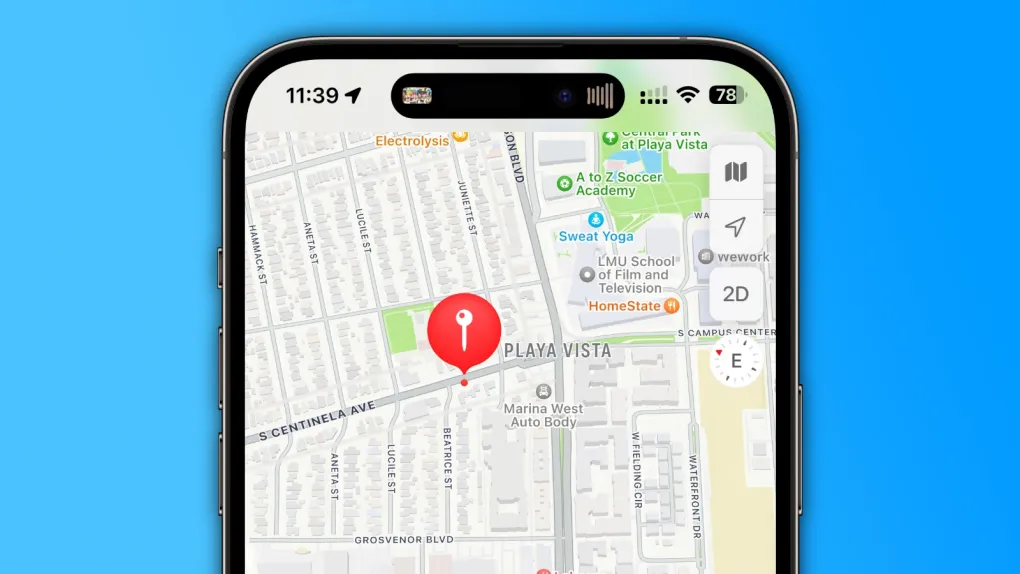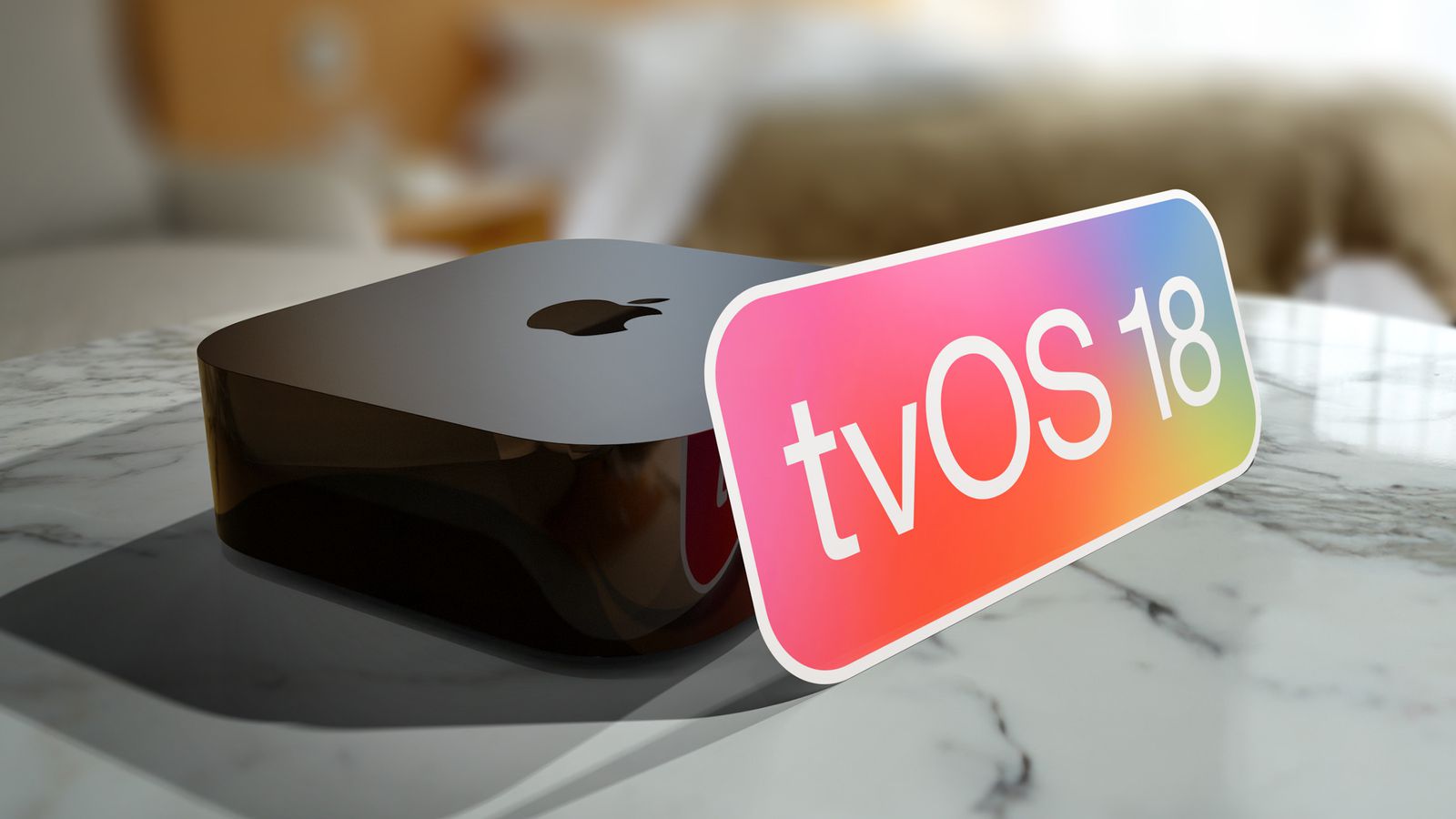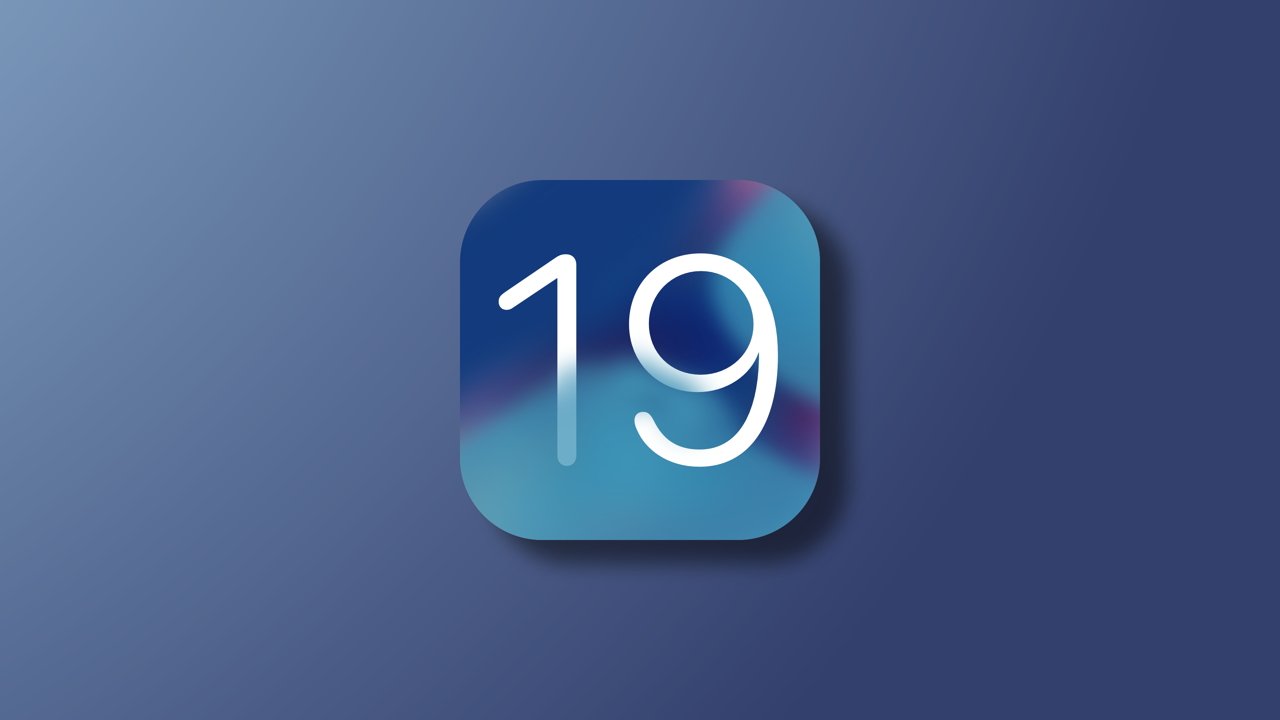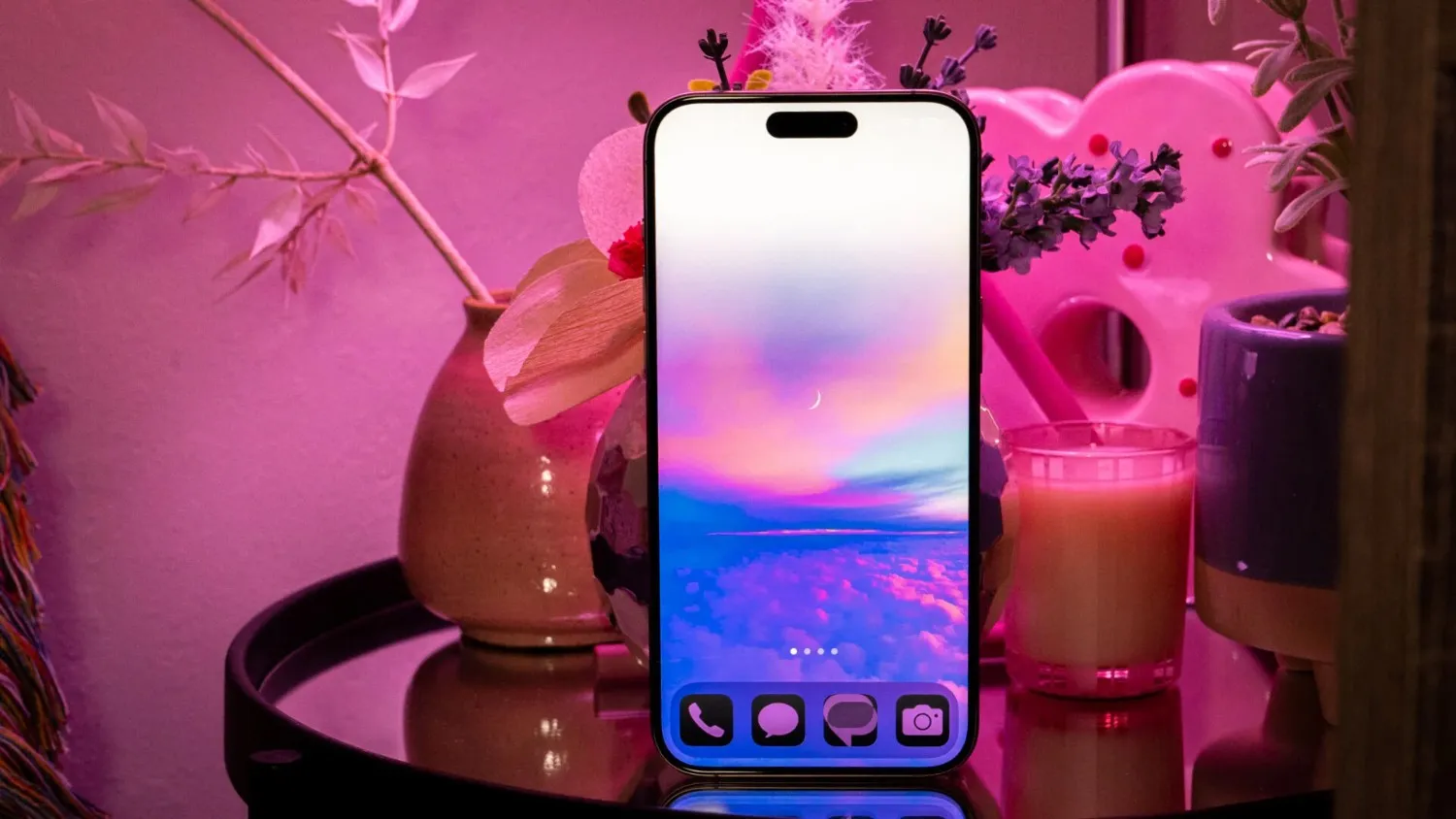Apple has officially launched CarPlay Ultra, its upgraded in-car system that works with iOS 18. This new version offers deeper integration with car hardware, including gauges and climate controls, while still showing familiar iPhone apps on a larger dashboard screen. Drivers can view maps, music, and even check their speed or fuel levels—all from one interface. Porsche and Aston Martin are among the first to bring this next-gen CarPlay to their latest models.
CarPlay Ultra doesn’t just look better—it’s smarter too. It allows the iPhone to manage key vehicle functions like air conditioning and seat settings. Car brands can even adjust the system’s colors and layouts to match their design style.
Alongside this, Apple Music is also getting a useful update. Apple has started rolling out a playlist transfer tool that lets users bring over playlists from other music services like Spotify, YouTube Music, Tidal, and more. This feature appears to be powered by the third-party service SongShift and shows up in the Apple Music app under settings > account > transfer music. It’s rolling out slowly, so not everyone may see it yet.
Together, these updates show Apple’s push to make both driving and music experiences smoother and more connected. Whether you’re behind the wheel or switching music apps, Apple is trying to make it all feel simple and seamless.








